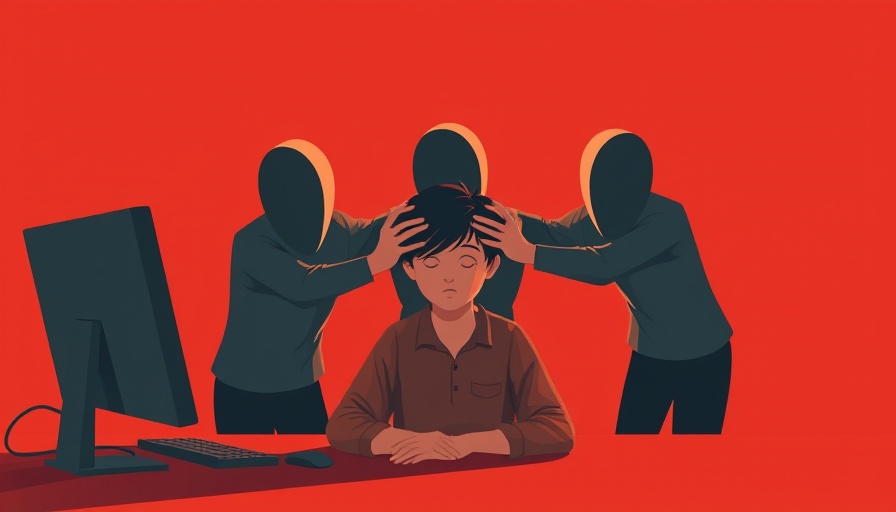
Local AI Initiatives Target Cyberbullying: A Solution for Caribbean Youth
The rise of cyberbullying among students has become a pressing concern in today’s digitally connected world, particularly within the Caribbean. Local innovations are stepping up to tackle this serious issue, focusing on educational tools powered by AI technology. A new AI-powered avatar is being developed specifically to educate students about cyberbullying and guide them towards healthier online interactions.
Innovation in Education: The Role of AI Avatars
During an insightful session at the TT Internet Governance Forum held on January 31, 2025, Raj Ramdass, director of Restore a Sense of I Can (RSC), highlighted the adaptive nature of AI in education. Originally intended as a moderated discussion on cyberbullying, the session showcased an AI avatar designed to engage students in dialogue, offering tailored educational content in a relatable and interactive manner. This approach marks a shift from traditional, static teaching methods to dynamic, responsive learning experiences.
The AI avatar, developed by local students under Ramdass’s guidance, utilizes advanced technologies including speech recognition, lip-sync animations, and multiple language processing models. Such tools not only make learning more engaging but also ensure that the content resonates deeply with the students' everyday lives, making discussions about the sensitive topic of cyberbullying more accessible and impactful.
Empowering Students: AI as a Helping Hand
The AI-based tool is part of a broader initiative to empower Caribbean students and educators with resources to combat cyberbullying effectively. One notable product from RSC includes an AI tutor focusing on CSEC Mathematics, already receiving positive traction for its 90% accuracy in responses to student inquiries. Such innovations demonstrate the potential of AI to create educational resources that are both functional and culturally relevant, addressing local educational needs in real-time.
Understanding the Impact of Cyberbullying
Research indicates a worrying upward trend in cyberbullying cases, which can have severe psychological ramifications for victims. A significant proportion of students engaging in online harassment remain anonymous, complicating detection and intervention efforts. As highlighted in a report by the Cyberbullying Research Center, generative AI can present both opportunities and challenges in this domain.
The nature of generative AI allows for rapid content creation, which means that it can also spread harmful speech and harassment if misused. Therefore, it is critical to strike a balance where technology is used to educate and protect rather than to perpetuate harm. Research on AI’s ability to identify bullying behaviors and offer instant support or resources could prove invaluable in mitigating these risks.
Collaborating for a Safer Online Environment
To create a holistic approach in combatting cyberbullying, collaborations between educators, parents, and technology developers are essential. As parents, it’s crucial to remain vigilant and foster open lines of communication with children about their online experiences. Understanding the interfaces and platforms that children engage with can empower parents to guide discussions about navigating these digital spaces safely. This includes recognizing the signs of cyberbullying and discussing responses.
The Future: AI Advancing Child Safety
As innovations within AI continue to grow, so too will their applications in fighting cyberbullying. While some technologies have been deployed to monitor and identify harmful speech in real-time, ongoing advancements are necessary to enhance accuracy and effectiveness. Every development brings with it the promise of a more informed generation capable of recognizing and opposing bullying behaviors.
The introduction of tools like the AI avatar from RSC demonstrates that solutions are emerging from within our communities. By leveraging local knowledge and technology, a concerted effort is being made to not only confront the shadow of cyberbullying but to also empower the future of Caribbean youth.
Join the Movement against Cyberbullying
As parents and community members, staying informed and engaged is integral to helping our youth navigate the complexities of online interactions. Support initiatives that promote digital literacy, and encourage open conversations about cyberbullying in your home. Together, we can build a safer, more supportive online environment for our children.
 Add Row
Add Row  Add
Add 




Write A Comment